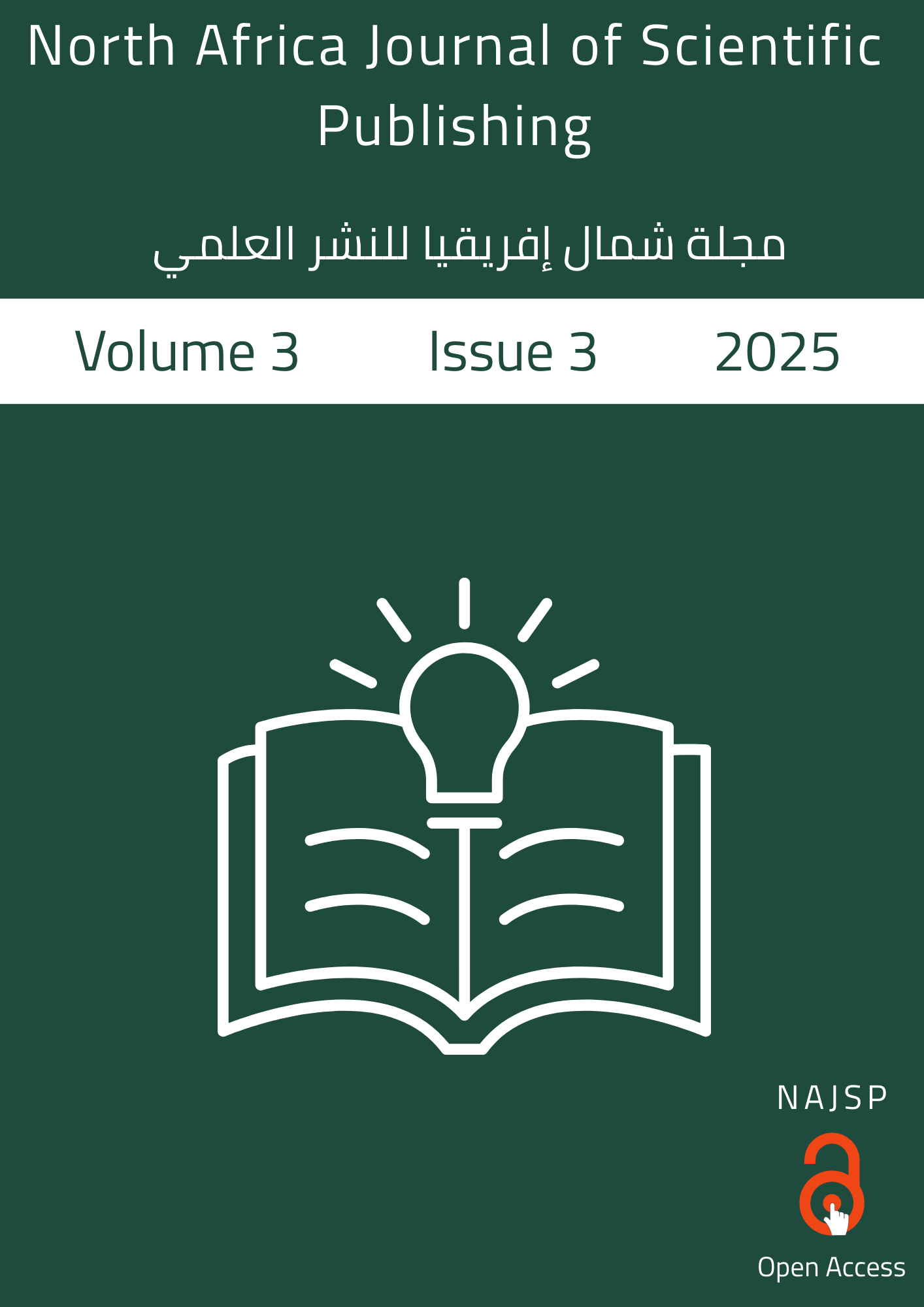Metaphor Translation between Literal and Interpretive Rendering: A Comparative Analytical Study
DOI:
https://doi.org/10.65414/najsp.v3i3.547الكلمات المفتاحية:
Metaphor، Quranic Rhetoric، Translation، Simile، Translation strategiesالملخص
This study concerns the translation of metaphors in the Holy Quran. It evaluates the translation of metaphor in seven English versions of the Quran. The different kinds of metaphors in both Arabic and English as well as the methods of translating them are explored. Metaphors in the Holy Quran have been analyzed according to the theoretical stipulations proposed by Arab rhetoricians, and in this thesis two reputable interpretations (tafsirs) of the Quran are employed in the analysis) Tafsir al-Jalayn and (Tanwir al Miqbas min Tafsir Ibn Abbas) (Utilizing Newmark’s (1988) metaphor translation strategies, seven different English translations of metaphors with different metaphorical images are evaluated to determine their success in managing metaphors in the Quran. By applying the third strategy, the study discovered that it could be the closest one to the sacred text. Ultimately, this research confirms that no single strategy is universally better. Rather, effective metaphor translation needs a context-dependent, reader-conscious, and theologically informed approach. It is suggested that future translations of the Qur’an, particularly those intended for educational or devotional uses, embrace a more interdisciplinary methodology, one that integrates linguistics, theology, and literary analysis. This approach would help bridge the divide between the sacred source and the varied global audience of the Qur’an.








